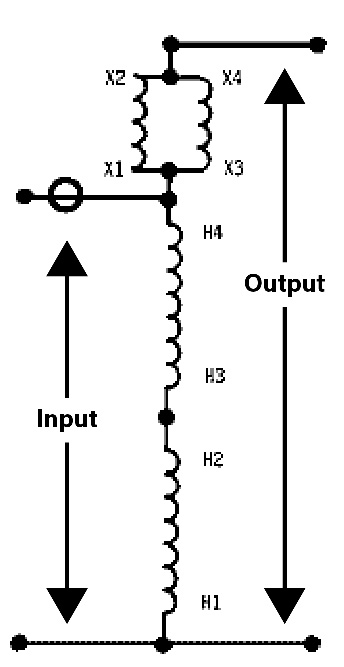It's much more likely to survive an accidental shock from 120V than from 240V, so the majority of residential circuits are 120V connected line-to-neutral. It also comes from the history of Edison's attempt at using 3-wire bipolar DC power to supply homes, that didn't stand the test of time, so split-phase is also sometimes called a 3-wire Edison system. The choice of which line to use is staggered, in order to balance the lines on the service as much as practical. It's rare that 1500VA is insufficient for a receptacle load, so 120V is good enough in most cases. Electric kettles could benefit from a 240V supply, but most other loads don't need it.
The big ticket loads (A/C, ovens, electric dryers, etc.) that need a lot more power, are connected across the two lines (240V) or across two phases (208V). And even bigger ticket loads in commercial applications, are powered by all 3 phases. A lot of these loads are hard-wired, rather than plug and receptacle, so it's much less likely that a person will accidentally touch these circuits. When there is a need for a 240V receptacle, it has a special shape to prevent standard plugs from connecting.



